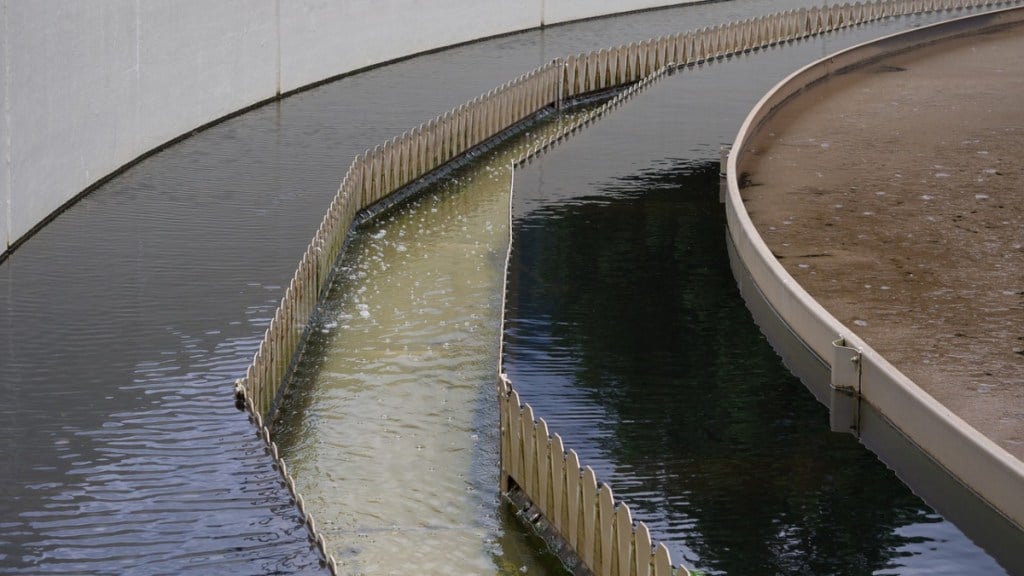By Dr Surbhi Tak
In India, around 72,000 million litres per day (MLD) of wastewater is generated, but the treatment capacity is only 31,841 MLD, and the utilisation capacity is 20,236 MLD. This raises the question of where the remaining sewage is going. Ideally, the waste flushed down the toilet should go directly to sewers or sewage treatment plants (STPs). However, in many parts of the country, the sewage is either transported to septic tanks or pits or discharged directly into rivers and drains.
Septic tanks or pits only moderately treat the wastewater, and the remaining solid waste needs periodic cleaning and further treatment. This partially treated water can still pose a threat to public health, especially with increasing pollution levels. Diseases such as diarrhoea, cholera, and typhoid can affect vulnerable populations such as children, elderly, and immunocompromised individuals. Therefore, it is crucial to know where your waste is going and to consider the presence of a sewage treatment facility when buying a house or choosing a residential area.
In India, there is another model for transporting sewage to proper facilities, known as the “call and pay” truck model. Under this model, individuals can call a truck to collect sewage, which is then transported to a sewage treatment plant or discharged directly into nearby water bodies or drains, which is not a viable solution. This transport mechanism requires a high level of safety precautions for sludge handling and proper tracking and monitoring. Warangal has set a precedent in India by being the first city to successfully introduce and implement regulations for faecal sludge management (FSM).
The success of this initiative can be attributed to various factors like strong leadership at the city level, active citizen engagement, focused planning, and capacity building of stakeholders, particularly those involved in mechanised desludging. Additionally, the use of information and communication technology tools for monitoring has been extensively employed to ensure that regulations are effectively implemented.
Similarly, Chennai Metro water has also taken steps to prevent the illegal disposal of sewage into lakes and other water bodies. The board has registered tanker lorries with licenses and fitted them with GPS to monitor their movements. This is a commendable initiative towards safeguarding the environment and preventing water bodies from getting polluted.
It is crucial to ensure that untreated wastewater reaches proper facilities for treatment, which calls for a sophisticated, managed, and monitored system. Besides the sanitation aspect, treated wastewater also holds economic value. As per NITI Aayog, India’s wastewater treatment plant market is expected to reach $4.3 billion by 2025. This highlights the potential economic benefits of treating wastewater and utilising it for various purposes. Therefore, investing in wastewater treatment infrastructure can not only help in reducing pollution and protecting public health but also create economic opportunities in the long run.
Classic case of Janicki Omni Processor—or JOP in Dakar, Senegal, pilot project funded by Bill and Melinda Gates Foundation which can convert human waste into drinking water, electricity and ash. The classic example of public-private partnership treating city’s sewage and converting it into something useful. The JOP system is designed to process waste streams such as solids and biosolids and convert them into clean water, electricity, and ash. It can be installed in communities that require better sanitation, either as a standalone solution or in conjunction with FSTP or STP.
Singapore’s NEWater Model is another remarkable example of reusing treated water. Its implementation has improved water security, strengthened resilience to the impact of climate change, and reduced the need for large water storage capacity. The success of this model can be attributed to strong government support, active public participation, behavioural and organisational changes, and technological advancements.
The water crisis in Bangalore has brought to our attention the urgent need to focus on and enhance our sewage treatment infrastructure capabilities. According to a report from the Central Pollution Control Board in 2021, the state of Karnataka is presently treating only 40 percent of the sewage generated, which is a cause for concern. It is essential that we recognise the significance of using treated water and incorporate it into our water usage system. This will help to reduce the burden on our freshwater sources and ensure that we have enough water for our future needs. Therefore, it is crucial that we take immediate action to increase our sewage treatment capacity and promote the use of treated water.
The author is Associate Fellow, Circular Economy and Waste Management Division, The Energy and Resources Institute (TERI).
Disclaimer: The views and opinions expressed in this article are solely those of the original author. These views and opinions do not represent those of The Indian Express Group or its employees.

